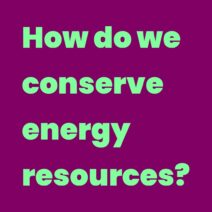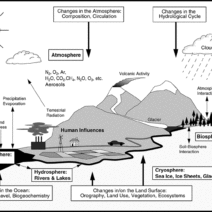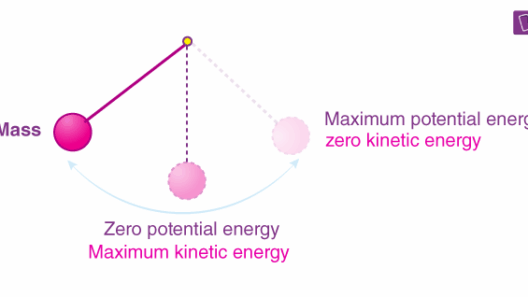In a world increasingly beset by the ramifications of climate change, the importance of conserving energy is more pertinent than ever. The good news? Making a difference doesn’t require extreme measures. It’s often the small, daily lifestyle adjustments that can collectively lead to significant energy savings. So, what if we posed a playful question: Are you ready to embark on a challenge to conserve energy in your daily life? Here are several practical strategies that are both simple and effective.
First and foremost, let’s address the consumption of electricity within our homes. Lighting is one of the major contributors to energy usage, yet it’s also one of the simplest areas where we can reduce our footprint. Switch to energy-efficient LED bulbs, which consume up to 75% less energy than traditional incandescent bulbs. Moreover, take a moment to utilize natural light by opening curtains or blinds during the day. Not only does this illuminate your space without cost, but it also enhances mood and productivity.
Another clever energy-saving tactic is to be mindful of electronic devices. Always unplug chargers and appliances when they are not in use, as they continue to draw power even when switched off—a phenomenon known as phantom load. To illustrate, consider adopting the habit of using power strips for your gadgets; this enables you to easily cut off power to multiple devices at once. Who knew saving energy could be so uncomplicated?
Moving on, let’s delve into the domain of heating and cooling. According to energy studies, heating and cooling represent a significant portion of residential energy consumption. A simple adjustment to your thermostat can lead to considerable energy conservation. During winter, set the thermostat a few degrees lower than usual and layer your clothing to stay warm. Conversely, during summer months, consider using fans in lieu of air conditioning. Not only do fans use less energy, but they also provide a refreshing breeze without the chilling effects of AC.
Water heating is another often-overlooked culprit of energy use in households. Lower the thermostat on your water heater to around 120 degrees Fahrenheit. This simple adjustment not only saves energy but also reduces the risk of scalding. Additionally, consider taking shorter showers or installing a low-flow showerhead. These modifications lead to reductions in both water and energy consumption, ensuring you contribute to sustainability while enjoying your daily routine.
In the kitchen, energy conservation can also manifest through more conscious cooking practices. Utilize smaller appliances like toaster ovens or slow cookers instead of the conventional oven, which tends to consume more energy for longer cooking times. When preparing multiple dishes, try to consolidate cooking times. For instance, if you’re baking, throw in a batch of cookies alongside your casserole. This not only saves energy but also expedites meal preparation.
Furthermore, the way you wash clothing can greatly impact energy consumption. Consider washing clothes in cold water rather than hot; this reduces energy required for heating water and most modern detergents are formulated to work just as effectively in cooler temperatures. Also, try air-drying your laundry whenever possible. Not only does this save energy, but the sun acts as a natural disinfectant, leaving clothes aromatic and fresh.
Here’s a playful challenge: Can you go a week without using your dryer? You may find the experience revitalizing. Moreover, it’s a great opportunity to engage in outdoor activities, such as hanging laundry on a clothesline, which can also promote a sense of connection with nature.
Transportation is yet another significant area of energy consumption. Consider how you travel from point A to point B. Walking or cycling when possible not only conserves energy but also imparts health benefits. For longer distances, carpooling or using public transport can minimize individual carbon footprints. If you’re in the market for a new vehicle, opting for fuel-efficient or electric options can lead to substantial energy savings in the long run. Are you willing to take fewer trips in your car this month? It’s a fun experiment that can yield delightful surprises.
Lastly, don’t overlook the influence of consumer habits. Consider the energy involved in producing the items you purchase. Opt for local products and seasonal produce whenever possible. This not only supports local economies but reduces the energy spent on transportation and preservation. Moreover, investing in quality, durable items may require a higher initial investment but ultimately conserves energy in manufacturing and disposal over time.
To sum up, conserving energy in daily activities boils down to mindful choices and conscientious habits. It’s about transforming mundane routines into opportunities for sustainability. By making these suggested lifestyle adjustments, not only do individuals impact their own energy bills positively, but they also contribute to a larger collective effort against climate change. Are you ready to take on the challenge? Start today and watch how small changes can lead to a remarkable impact on our energy future.








